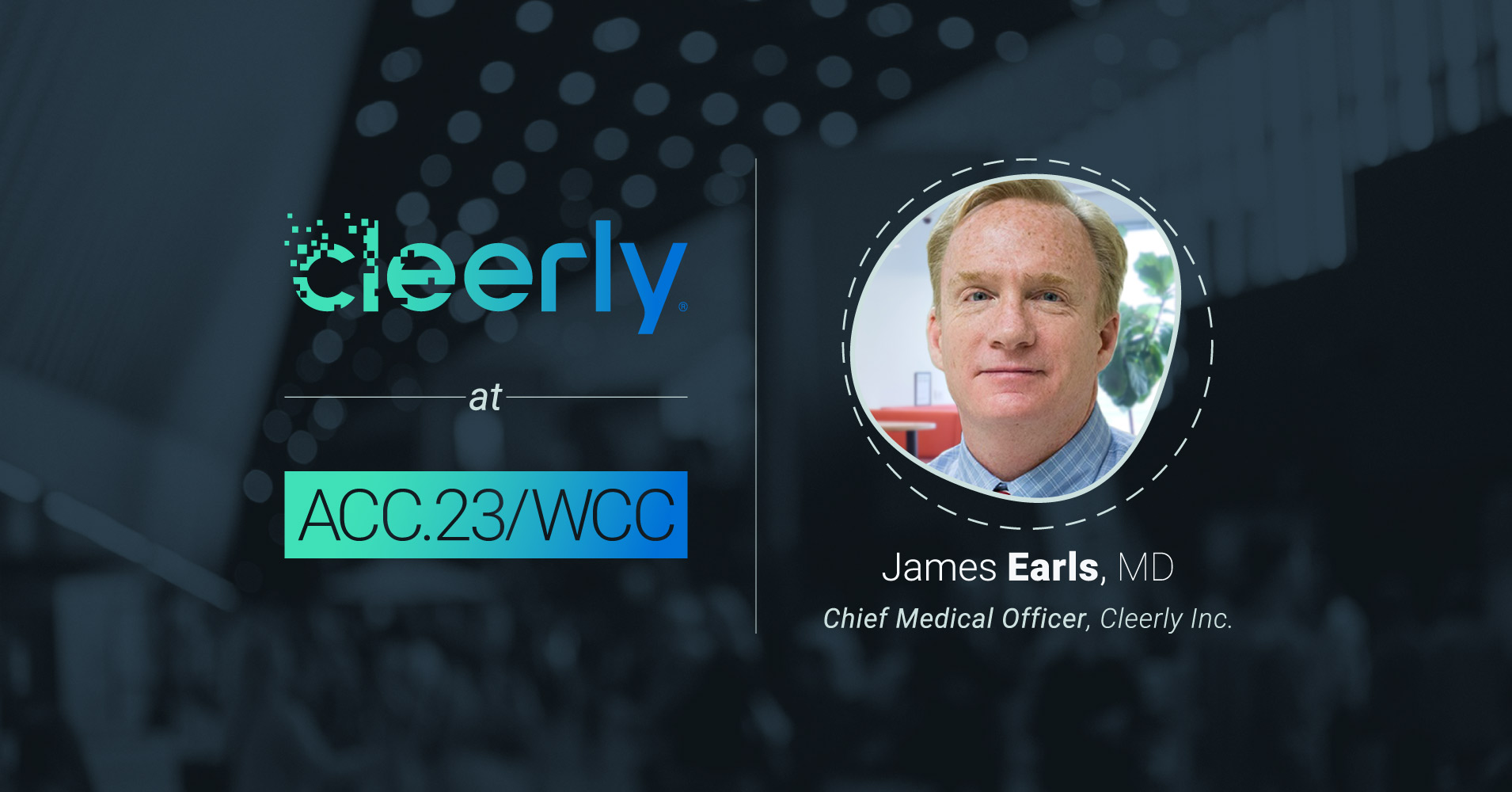6 min read
The Recipe to a Healthy Heart:Your Guide to Preventing Heart Disease
Sure, the taste of food is important, but do you know how your diet impacts your heart? Many foods contain hidden ingredients that negatively impact...

6 min read
Sure, the taste of food is important, but do you know how your diet impacts your heart? Many foods contain hidden ingredients that negatively impact...

4 min read
As we reach the end of 2023 and yet another remarkable year at Cleerly, it’s a great opportunity to reflect on all we’ve accomplished and begin...

2 min read
Cleerly has had a busy few months – attending conferences, panel sessions, and winning awards as we all work together to achieve our mission of a...

6 min read
When patients present to physicians with an elevated risk of coronary artery disease, or CAD, cardiologists have many tests at their disposal....

4 min read
Both coronary artery calcium score (CACS) and Cleerly evaluate heart disease risk using cardiac imaging. Learn about the key differences between the...

5 min read
There are clear links between mental health and heart health — research increasingly shows that stress is a significant factor that contributes to...

3 min read
"It's very scary because I had a lot of patients and even friends and neighbors that had heart attacks, and we thought they were healthy by eating...

4 min read
Heart plaques, which are the build-up of substances like cholesterol and fat in the heart’s arteries, can increase your risk of heart attack. A...

3 min read
Cleerly attended the American College of Cardiology conference (ACC.23/WCC) to showcase our efforts in providing a safe and effective approach to...

3 min read
According to the American Heart Association (AHA), nearly half of Americans have some type of cardiovascular disease.1 Despite such wide prevalence,...